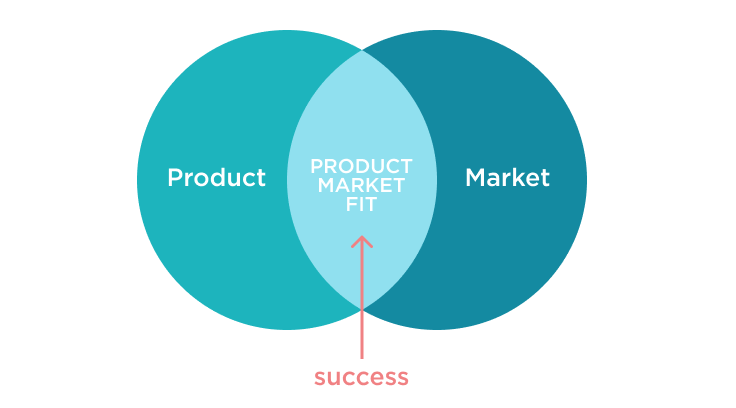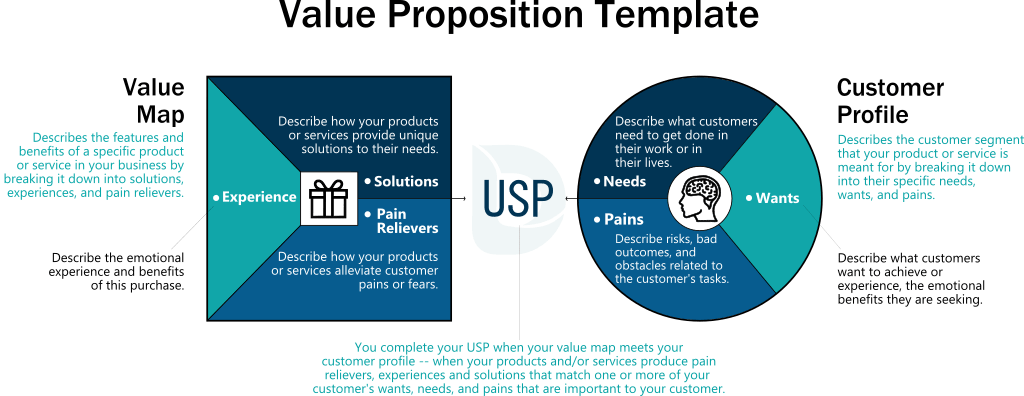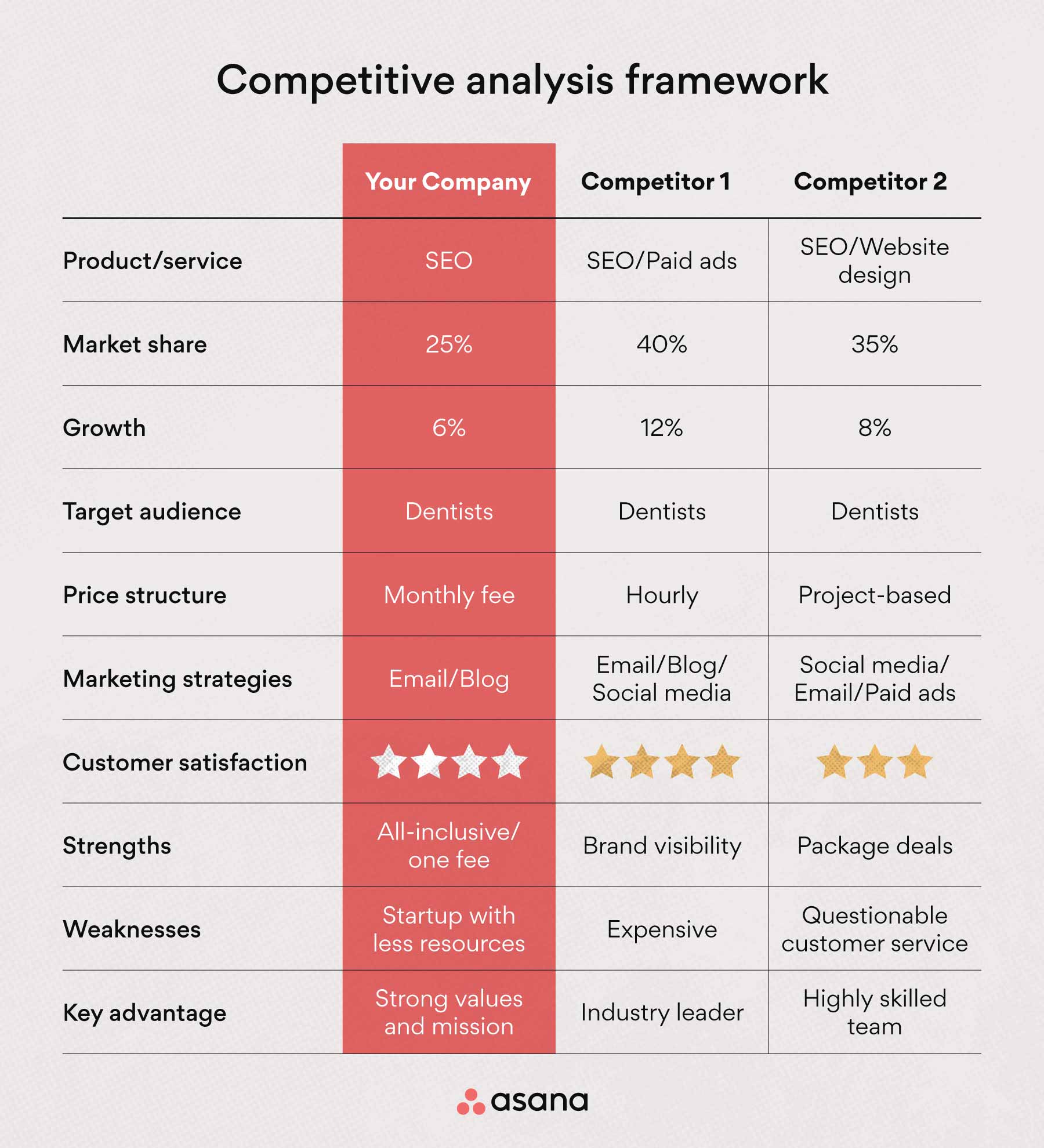View our Guide How to Build a Marketplace in 10 weeks x

When you start building online marketplace, it is tempting to skip the validation process. You know, it's even kind of scary. However, this step is very important in the early days of your startup. How else will you know if there is real demand for what you're building?
Validation is significant for building marketplace in early stage. It will help us to succeed in some points and it will save our money and time. There are a lot of ways for validation, especially for startup ideas, such as: the lean method, customer development, the 5-whys technique, ZOPA, MVP. We will discuss main steps you need to do for your idea validation.
Table of content:
The short version of idea validation: it's a way to test your idea before you start building marketplace.
By validating your marketplace platform idea, you can make sure that it's something people want, so you don't waste time and money building something nobody wants. It also helps you understand your target market better, so you can focus on creating the right product for them.
And best of all? Idea validation saves time and money!
The three most important areas to validate an idea are the user/product, market, and business model.
The user/product: finding out if there's a need for your product/service
The market: understanding who are the current players on the market, how big the market is, and how can you enter it. The goal here is to find the product-market fit where your solution meets the market needs. That's where success happens.
The business model: figuring out how you'll make money from the online marketplace idea.
In our previous article you can read about 7 Marketplace Business Models to get started.

Your starting point could be many things: A particular industry, a type of customer, a certain problem they have. But how do you know which one is right?
There are lots of ways to figure this out. One way is to use the Value Proposition Canvas and Lean Canvas.
The value proposition canvas helps you match your product features or services with your customers’ pains and needs. If you do it right, in the end you’ll be able to draft a unique value proposition (VP) to all your personas.
Read more about Value Proposition and its components in this article.

Congratulations! You have a good business idea and you are sure that it is worth validating. To get started, you need to gather all your thoughts into one heap and figure out what pains clients have, what questions to ask and where to look for interviewers in order to get all the necessary answers.
It's not enough for you to just think about them—you need to write them down because that makes them more concrete and real. You'll be able to see whether or not they're true, which will help you make adjustments if necessary.
Here's how:
1) Write down your hypotheses and assumptions questions about the problem and the people who need the solution. Keep mindmaps to make it easier to navigate your thoughts and realize at what stage you are.
2) Next, think about the people who will be buying or using your product or service. What is their biggest problem? What are they most frustrated by? What do they wish they could do better?
3) Lastly, think about how you can address those problems and frustrations with your product or service.
Let’s imagine you’re building online e-learning marketplace. You came up with the idea to unite all the organizers of courses, webinars, trainings in one place.
Examples of hypotheses:
You first list the hypotheses from a customer's point of view, based on your own experiences.
So, that was the viewpoint from the first sight. Now we must put ourselves in the place of the marketplace e-learning services provider.
Based on the list of hypotheses, you can create benefits and channels for each of the users of your marketplace.
Great! Now that you've marketplace assumptions and you need to find people who matches your personas and talk with them! Try to find minimum 7 people from each group to make analysis.
If you're not sure where to start with this, try asking your friends and family members if they'd be interested in trying out your idea. If they say yes, ask them some more questions about why they'd be interested in using the product/service and what they might value it providing them.
You can also reach out to potential customers through social media or email (but only after you've gotten their consent). Ask them what their biggest pain point is right now and how they're currently solving it—you'll probably want to use very specific language here so that there are no misunderstandings about what exactly you're trying to accomplish with this marketplace idea validation process!
Finally, talk with providers—that means anyone who would be responsible for producing the product/service or fulfilling any of its functions—and ask them if they have any concerns about working with you on this project. Remember: everything is negotiable!
To get started, you can create an excel sheet with the following columns: name, role/responsibility (e.g., "co-founder"), company name, company type (e.g., startup), email address/phone number, and comments (e.g., "I have no idea what this is but I think it sounds cool"). Then fill in the blanks!
Next, go through each assumption question and ask yourself "Does [person] believe that this assumption is true?" If yes, then write Y on the line next to their name; if not, then write N on the line next to their name. If you don't know how they feel about an assumption yet but want to follow up with them later, write U in the column next to their name instead of Y or N until you've talked with them about it some more first before moving on down this list again until everyone has been checked off one way or another if.
Questions you can ask your potential customers:
Questions you can ask your potential providers:
When conducting interviews, be clear so that the client does not have to guess and complicate the question. It's even easier if you prepare questions with two yes/no options. After the polls, make statistics and draw up the results. Be sure to mention the prices to the interviewers and see how they react.
Analyzing search data is the second step in our idea validation process. Analyzing your data allows you to see what people are looking for, and if they’re finding it. It also lets you see how they phrase their searches, and what words they use most frequently.
When analyzing, you should look for:
Major patterns and themes: How do people describe the problem? What words do they use? Do these words align with the problems you identified in the first step?
Supporting and disproving findings in comparison with hypotheses: How does what people are searching for line up with what you thought they’d be searching for? Do they support or disprove your initial hypothesis?
Surprising findings: Have there been any surprises in your data? Are there any things that have come up that weren’t part of your initial plan but seem like they could be important to understand? That could suggest a future opportunity.
Where and how do you find your competitors?
The best way to detect your competitors is to use your user research data so you can see what solutions your users are already using. Other sources can be online communities, forums and if you're still not satisfied you can do a google search to look for possible competitors.
What should you compare?
This heavily depends on your validation goal and how much time you have to dig deep.
How many competitors should you compare?
This also goes down to how much time you have for it. The general answer is as many as possible to help you map out the competition.
Take a look at How to create a competitive analysis (with examples).

Mistake #1: You want to find a problem for your solution.
This is perhaps the most frequent mistake with idea validation. People come up with ideas, fall in love with them, and they try to find a group of people who has the problem that they are aiming to solve. Or even worse, they try to convince people that they have a problem.
But here's the thing: you can't persuade someone that they have a problem when they don't want to be persuaded. That's why you need to do your research, identify your target audience, and focus on their needs before you start trying to sell anything.
Mistake #2: You don't do any research.
Startups think they have a great idea and want to run with it, but they don't do any research on how customers would respond to their idea or how viable it is in the marketplace. This includes talking with potential customers and seeing how they would use the product or service. It also includes doing competitive analysis to see what's already out there and whether there is room for another player in this space.
Mistake #3: You assume you don’t have competition.
This happens with more innovative ideas when it may seem like you are the first to come up with that solution. However, this does not mean you are alone in the market. Even when it seems like you don’t have competitors doing the exact same as you, the solution your target group is currently using will be your competition.
Mistake #4: Misinterpreting the results of a validation process.
When you're doing a validation process, you need to be prepared for two possible outcomes—that your idea will be validated or disproved. It's not enough to just believe in your idea; you need to love it enough to know when it doesn't work and be willing to pivot or leave it behind. Don't fall into the trap of deliberately misinterpreting the results so that your idea gets approved. You'll only be fooling yourself, and wasting time and money on false ideas.
After gathering all information about your customer and successfully validate your business marketplace idea, you can be sure it's a time to build marketplace MVP. It means that you are getting money from pre-orders and after that marketplace will receive payments from all members.
You’ve got two options.
Option 1: Build it yourself with a team of developers for months.
Option 2: Use a ready-to-go marketplace solution so that you can get your MVP up and running in weeks instead of months. If you go with the latter option, we recommend our marketplace builder solution.
How to build marketplace MVP in two months without effort and big investments?
Marketplace Builder solution is everything you need to build an amazing marketplace, without having to code marketplace from scratch. You'll have all the features you need: filtering, reviews, events, advanced searching and content pages—all in one easy-to-use solution.
You can get up and running in less than 2 months, and not have to worry about any of the technical stuff. We'll do all the heavy lifting for you so that you can focus on what matters most: growing your business.
Idea validation is the process of making sure that your idea is actually something people will want to buy.
It might seem like a simple concept, but it's actually one of the most challenging parts of starting a business. You have to get out there and talk to people about what they need in their lives, and you need to be able to listen, understand, and respond accordingly.
We at ByteAnt have successfully launched several marketplaces using our Marketplace Builder solution. You can review our use cases here. Contact us, if you are ready to launch a new online marketplace!